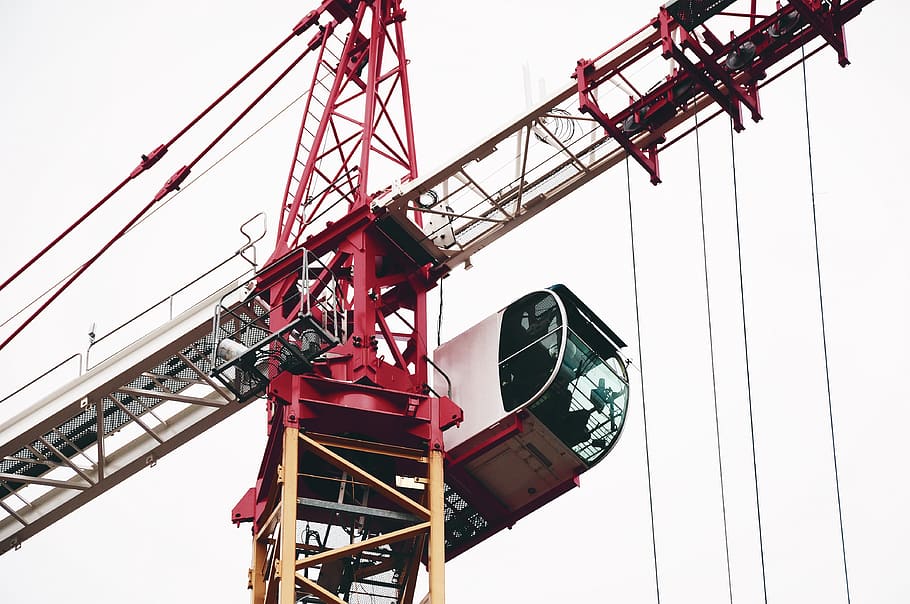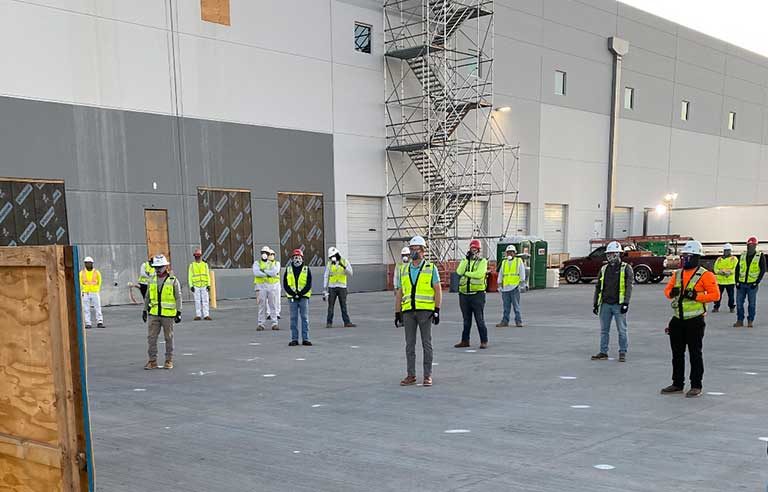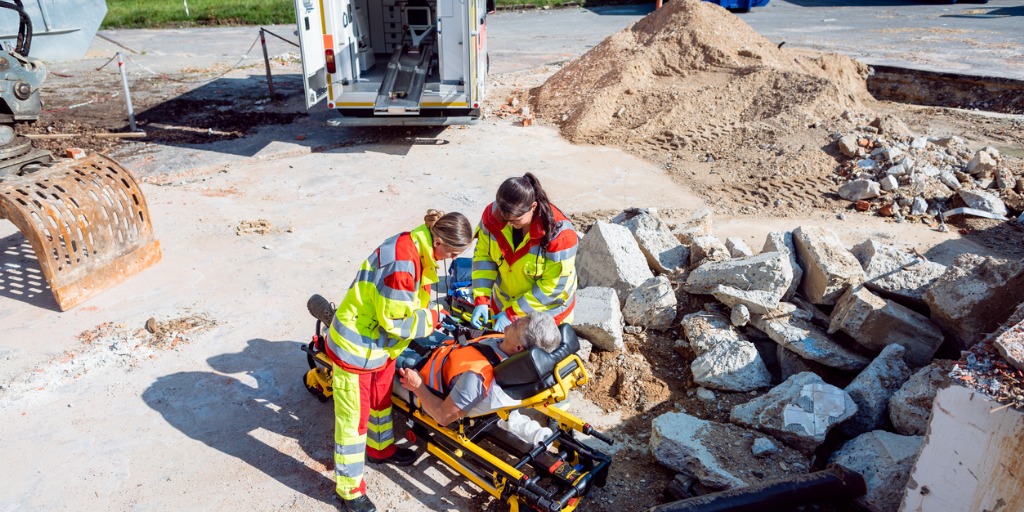The Importance of Aerial Lift Safety Course in Government Construction Projects

The construction process for government contracts involves using extensive machines and equipment. Ladders and scaffoldings are the most common equipment that has been used for ages. However, safety is the biggest concern while working on the construction site using ladders or scaffoldings.
Every year several workers face serious injuries while falling from ladders. An aerial lift is one of the ideal alternatives and best solution to reach high places that are not possible with ladders. Due to numerous injuries due to falls from ladders, the contractors are employing aerial lifts on construction worksites.
Important OSHA Safety Rules for Aerial Lift Operation
OSHA (Occupational Safety and Health Administration) has strict guidelines and rules regarding workplace safety, particularly injuries due to falls. An aerial lift is a name given to any vehicle-mounted device that helps workers, contractors, and SSHO (Site Safety and Health Officer) to reach elevated platforms.
The aerial lifts popularly used during construction are boom lifts and scissor lifts. The boom lifts can operate sideways, but there is a concern of entanglement with power lines. On the contrary, the scissor lift travels straight up and down, but there is a concern of tipping over.
The federal government construction projects are no ordinary projects and require extensive work. The aerial lifts have replaced the conventional ladders and scaffolding on many USACE (US Army Corps of Engineers) projects. The two main reasons are easy mobility and flexible reach that can be extended to various elevated positions on the worksite.
However, each year hundreds of workers suffer fatal injuries even while using aerial lifts. OSHA has noticed the number of fatalities and injuries involving aerial lifts and has devised particular safety and training courses. The training programs aim to inform employers and workers about safety concerns when using aerial lifts. Some of the common safety issues that can happen while working on an aerial lift are
- Fall from lifts or elevated platform
- Falling objects
- Tripping over
- Electrocutions
- Entanglement with wires
- Contact with overhead objects
Why Aerial Lift Safety Course Essential
Titan University is one of the most recognized institutions offering courses necessary to manage government construction projects. The Aerial Lift Safety course is purposefully developed for onsite workers, lift operators, SSHO, and Superintendent who will perform tasks using an aerial lift.
The online safety course complies with all the safety parameters defined by OSHA for government construction projects. The important modules or lessons that an individual will get to learn include
- The details and types of aerial lifts
- Knowing about the safety precautions
- Risks associated with aerial lifts such as fall
- Identify and avoid unsafe conditions
- How to inspect aerial lift and other safety measures
- Steps to minimize, control, and remove hazards
The Aerial Lift Safety course is essential for all those on the worksite where the aerial lift will be used in the construction process. It is a 2-hour course, but as it is online, you can have breaks and complete it according to your own comfort and convenience.
You have to take short quizzes at the end of each lesson to complete the course. Also, to get a certification, you need to secure 70% marks or more.
The Aerial Lift Safety certification allows the individual to operate different types of lift such as scissor lift or boom lift. The license to operate the lift is valid for 3 years after getting the certification. Renewal of the certification is mandatory, without which it is not legal to operate the lift.
OSHA has specified various steps in aerial lift training. The steps are crucial and developed keeping in mind potential situations such as an accident occurring during the lift use. Some of the measures that SSHO and those working with aerial lifts need to consider and follow are
- Ensure that the workplace where the aerial lift is positioned is flat and solid ground
- Make sure that the area around the lift is clear, so there are no entanglements
- Only trained and certified employees or workers have to operate the lift
- Wearing a harness at all times with a lanyard
- Do not lean over the guard rails
- Analyzing the weather, particularly when the lift is extended high and it is windy
- It is better to avoid using the lift when there are gusty winds and rain
- Frequent maintenance and inspection of the aerial lift
- Not exceeding the maximum load capacity
- The hydraulic, electrical, and air systems must be checked
As the construction industry evolves, so is the safety equipment to prevent unfortunate accidents and injuries. The trend is using wearable such as sensor clips that can inform the individual of potential falls.
Bottom Line
No matter the time, place, or weather, it is important for aerial lift operators to get proper training and certification. Titan University is one place offering affordable online Aerial Lift Safety courses. You can easily know about the OSHA safety guidelines and other operational details. The course allows the employer, SSHO, and supervisors to comply with the OSHA requirement of a safe work site environment.
OSHA has strict regulations for worksite safety and states that workers operating the aerial lift must have necessary training and certification.




